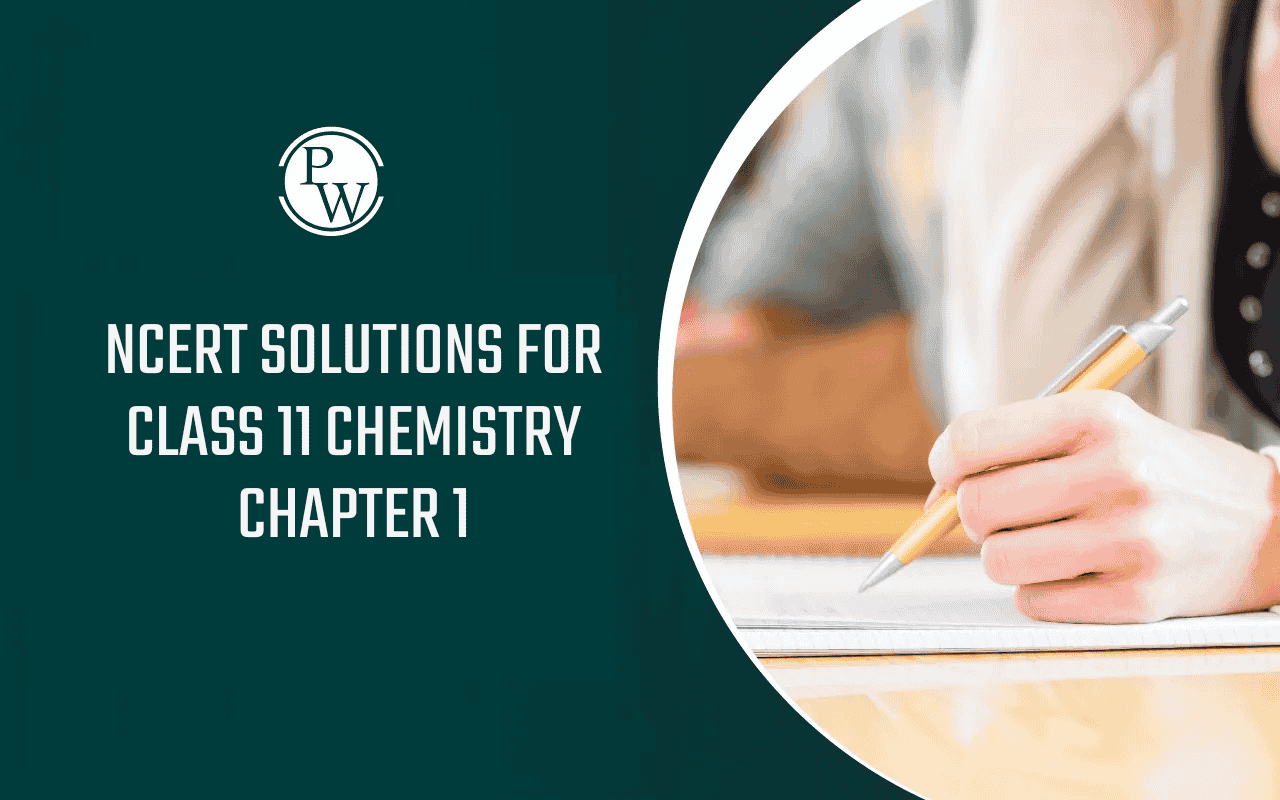
science class 10th chapter-Metal and non-metal Formula & Important points
May 13, 2022, 16:45 IST
Class-10 for chapter-Metal and non-metal
Metals: The elements, which have the properties of luster, malleability and ductility, high thermal and electrical conductivities. The metals have a good tendency to loose. electrons.
Non-metals: The elements, which do not have the above, mentioned properties.These have a good tendency to gain electrons.
Metalloids: The elements having the properties of metals as well as non-metals.
Difference between metals and non-metals
| Properties | Metals | Non-metals |
| Physical Properties | ||
| 1. State |
Metals are solids at ordinary temperature.
(except mercury, which is a liquid.) |
Non-metals exist in all the three states,
that is, solid, liquid and gas. |
| 2. Lustre | They possess lustre of shine. |
They possess no lustre.
(except lodine and graphite.) |
| 3. Malleability and Ductility | Metals are generally malleable and ductile. | Non-metals are neither malleable nor ductile. |
| 4. Hardness |
Metals are generally hard.
Alkali metals are exception. |
Non-metals possess varying hardness.
Diamond is an exception. It is the hardest substance known to occur in nature. |
| 5. Density | They have high densities. | They generally possess low densities. |
| 6. Conductivity (Heat & Electricity) | Metals are good conductors of heat and electricity. |
Non-metals are poor conductors of heat and electricity.
The only exception is graphite which is a good conductor of electricity. |
| 7. Melting and boiling point | They usually have high melting and boiling point. |
Their melting and boiling point are usually low. carbon and silicon.
The exceptions are boron, carbon and silicon. |
Main Group Metals
Group IA, IIA, and IIIA metals form cations by losing all of their outermost electrons. The charge on the cation is same as group number. The cation is given same name as the neutral metal atom.
| Group | Element | Cation | Ion name |
| IA | H | H+ | hydrogen ion |
| Li | Li+ | lithium ion | |
| Na | Na + | sodium ion | |
| K | K + | potassium ion | |
| Cs | Cs + | cesium ion | |
| IIA | Mg | Mg 2+ | magnesium ion |
| Ca | Ca 2+ | calcium ion | |
| Sr | Sr 2+ | strontium ion | |
| Ba | Ba 2+ | barium ion | |
| IIIA | Al | Al 3+ | aluminum ion |
Transition and Post Transition Metals
The elements usually form ionic compounds; many of the elements can form more than one cation. (The charges of the expected transition metals must be memorized; Group IV and V metal cations tend to be either group number or the group number minus two.
| Metal | Ion | Systematic name | Common name |
| Cadmium | Cd 2+ | cadmium ion | |
| Chromium | Cr 2+ | Chromium (II) ion | chromous ion |
| Cr 3+ | Chromium (III) ion | chromic ion | |
| Cobalt | Co 2+ | Cobalt (II) ion | cobaltous ion |
| Co 3+ | Cobalt (III) ion | cobaltic ion | |
| Copper | Cu + | copper(I) ion | cuprous ion |
| Cu 2+ | Copper (II) ion | cupric ion | |
| Gold | Au 3+ | Gold (III) ion | |
| Iron | Fe 2+ | Iron (II) ion | ferrous ion |
| Fe 3+ | Iron (III) ion | ferric ion | |
| Manganese | Mn 2+ | Manganese (II) ion | manganous ion |
| Mn 3+ | Manganese (III) ion | manganic ion | |
| Mercury | Hg 2+ | mercury (I) ion | mercurous ion |
| Hg 2+ | Mercury (II) ion | mercuric ion | |
| Nickel | Ni 2+ | Nickel (II) ion | nickelous ion |
| Silver | Ag + | silver ion | |
| Zinc | Zn 2+ | zinc ion | |
| Tin | Sn 2+ | Tin (II) ion | stannous ion |
| Sn 4+ | Tin (IV) ion | stannic ion | |
| Lead | Pb 2+ | Lead (II) ion | plumbous ion |
| Pb 4+ | Lead (IV) ion | plumbic ion | |
| Bismuth | Bi 3+ | Bismuth (III) ion | |
| Bi 5+ | bismuth (V) ion |
Main Group Non-Metal
Group IVA, VA, VIA, and VIIA nonmetals form anions by gaining enough electrons to fill their valence shell with eight electrons. The charge on anion is the group number minus eight. The anion is named after taking the element stem name and adding the ending -ide.
| Group | Element | Anion | Ion name |
| IVA | C | C 4- | carbide ion |
| Si | Si 4- | silicide ion | |
| VA | N | N 3- | nitride ion |
| P | P 3- | phosphide ion | |
| As | As 3- | arsenide ion | |
| VIA | O | O 2- | Oxide ion |
| S | S 2- | sulfide ion | |
| VIA | Se | Se 2- | selenide ion |
| Te | Te 2- | telluride ion | |
| VIIA | F | F - | fluoride ion |
| Cl | Cl - | chloride ion | |
| Br | Br - | bromide ion | |
| I | I - | iodide ion | |
| IA | H | H - | hydride ion |
Do solve NCERT questions with the help of NCERT solutions for class 10 Science prepared by academic team of Physics Wallah. If any students need to take the online test to check their concepts or undertstanding then they can visit Quiz for Metals and Non Metals .
Download Free Pdf sheet of Metal and non-metal it consist of Short notes and key points of Chemistry for class 10 from the link given below.






